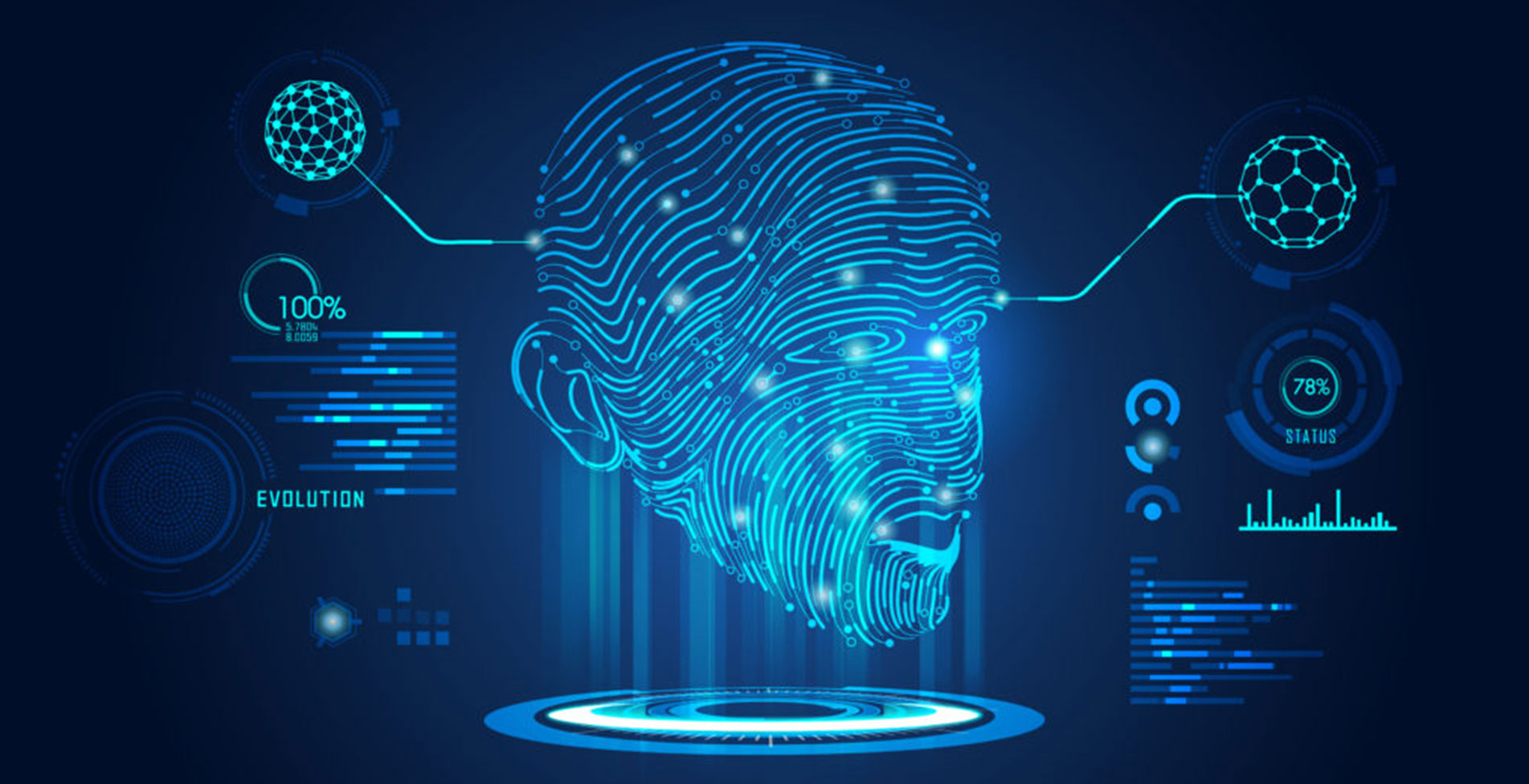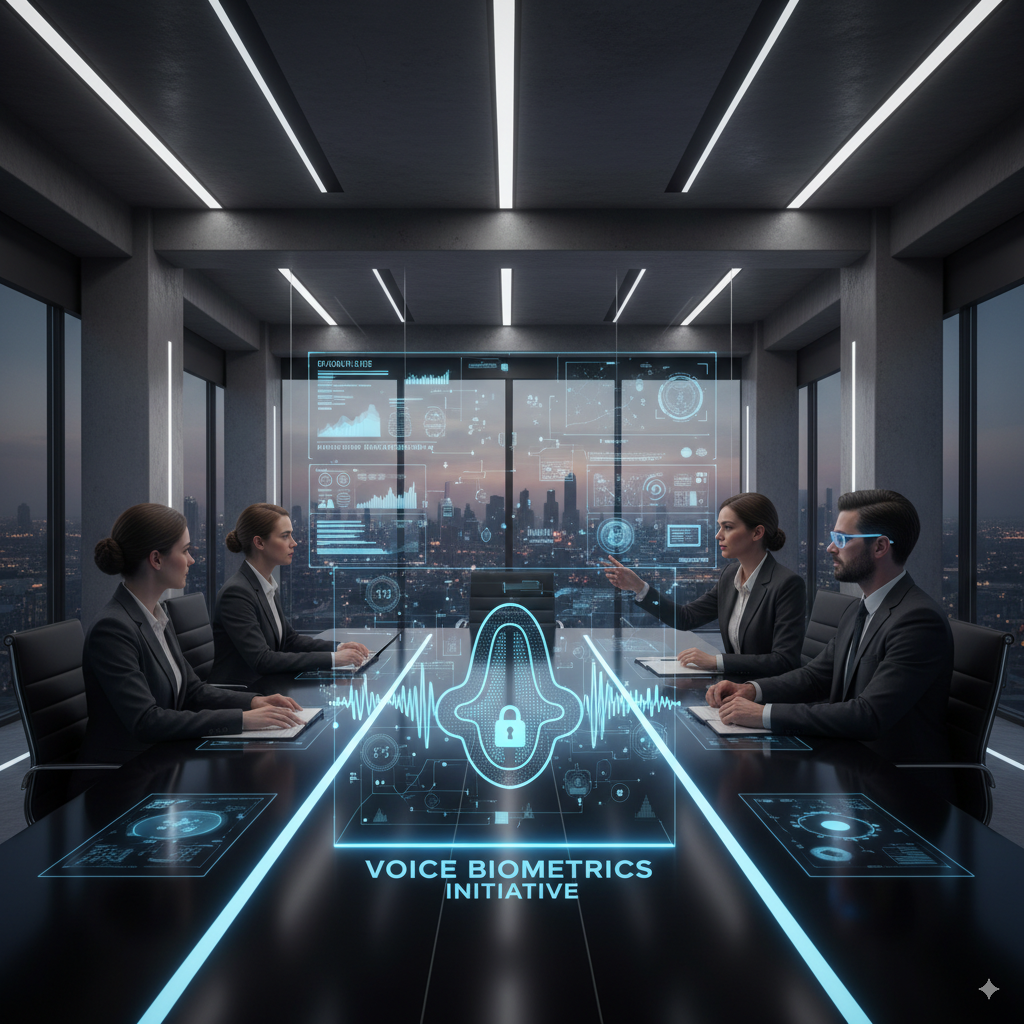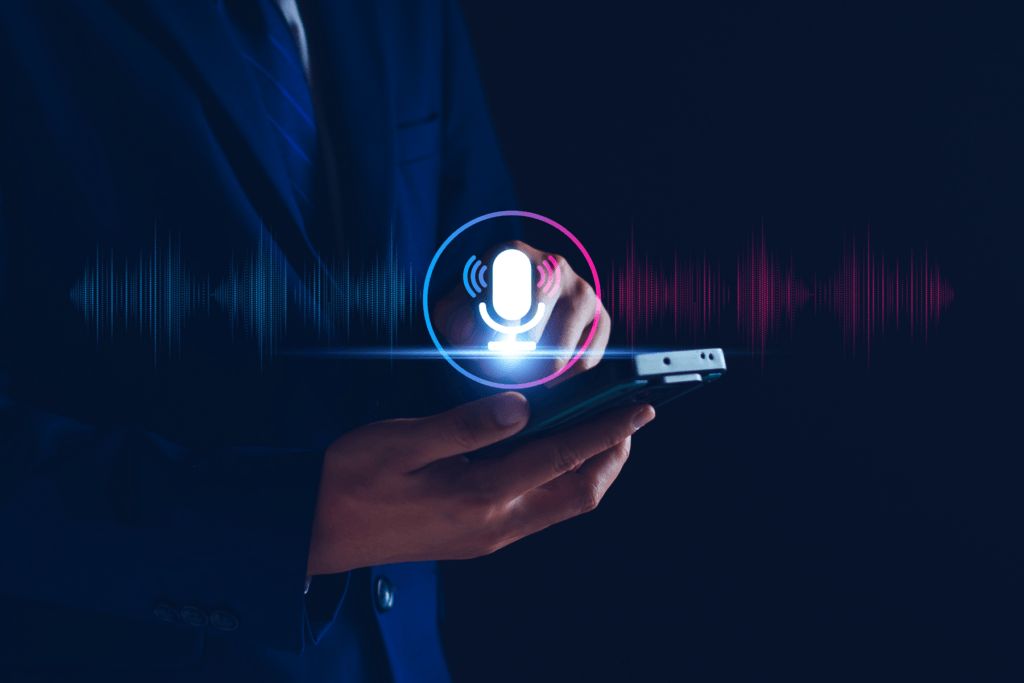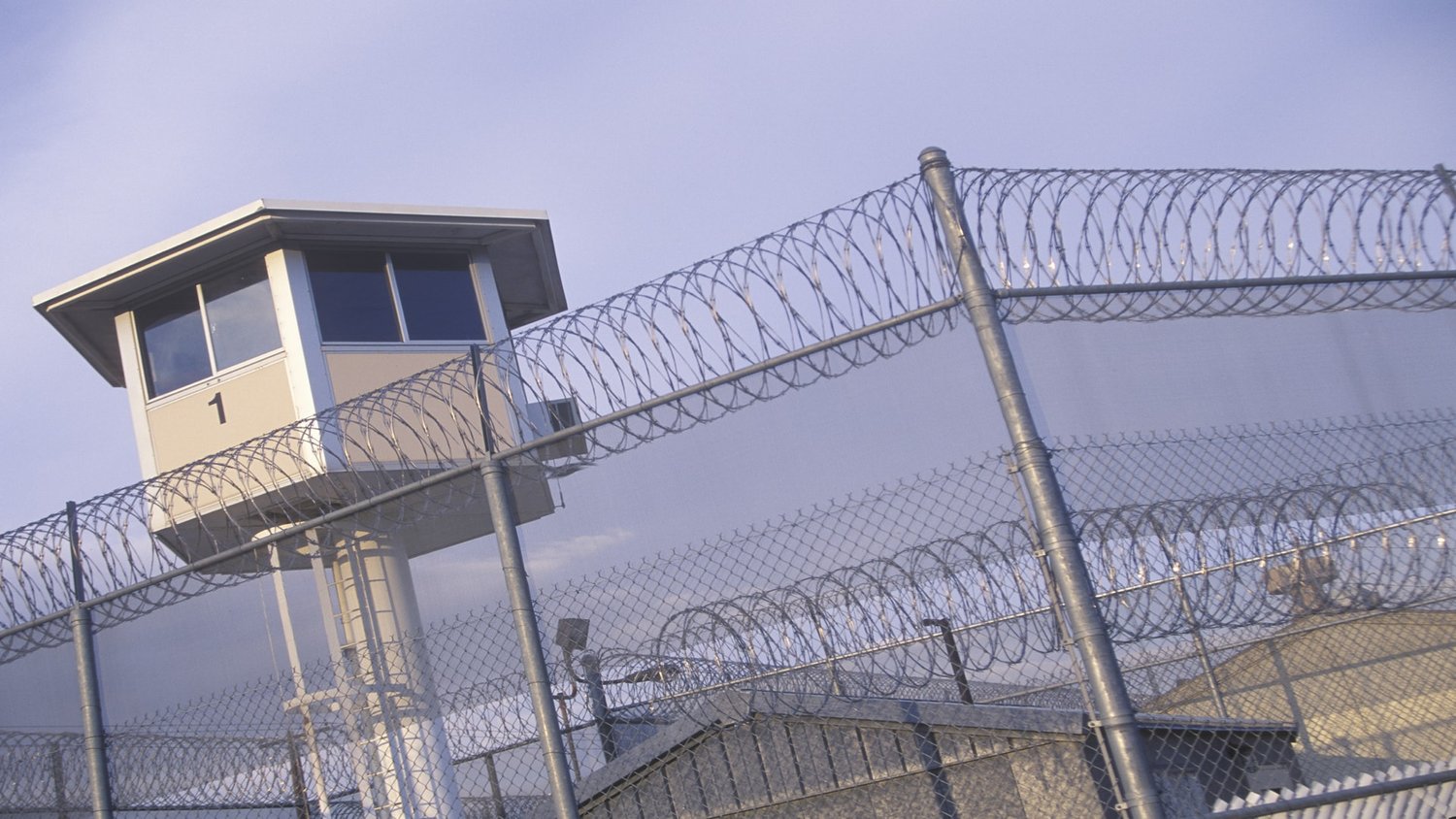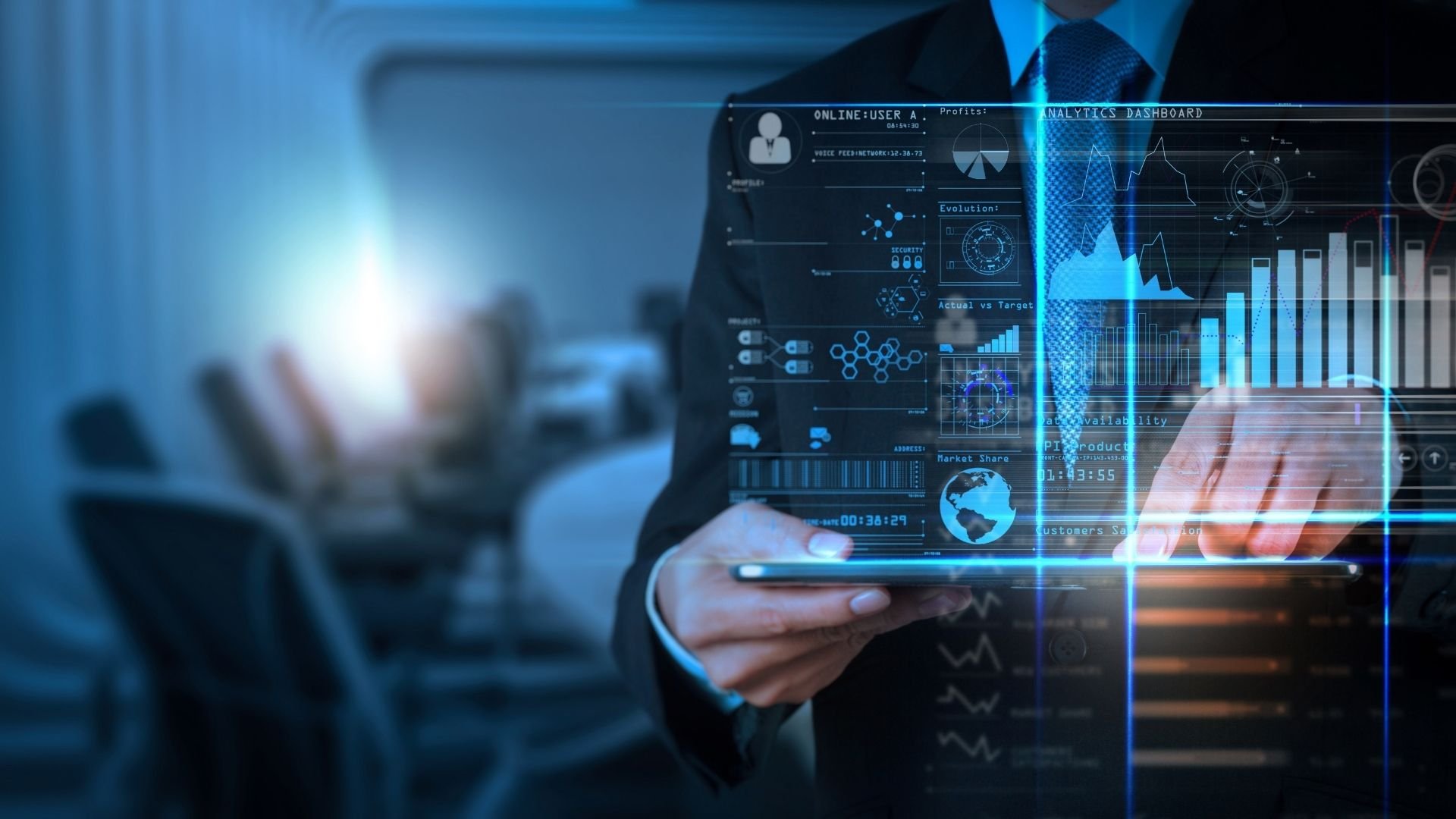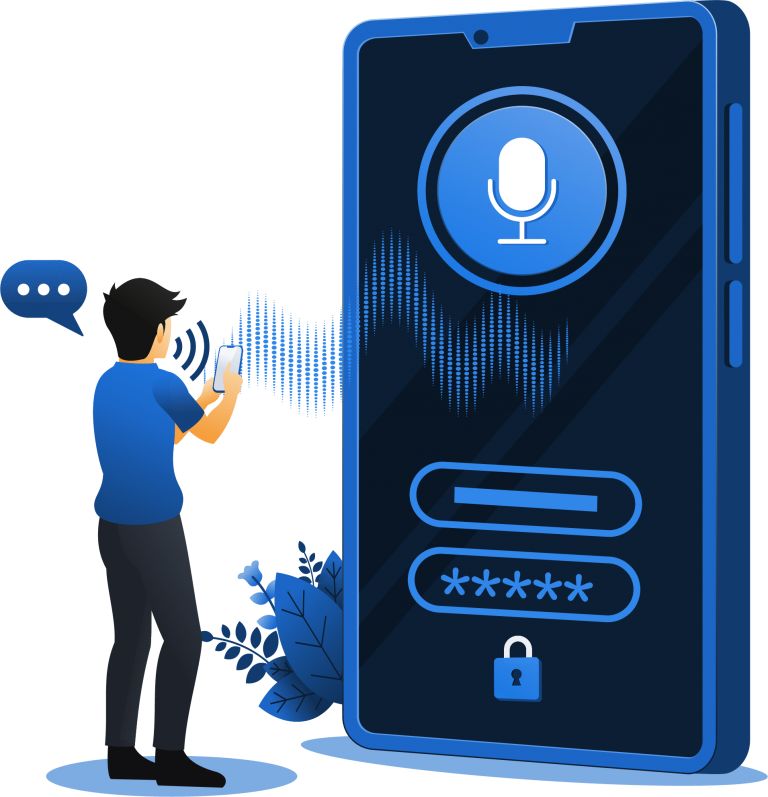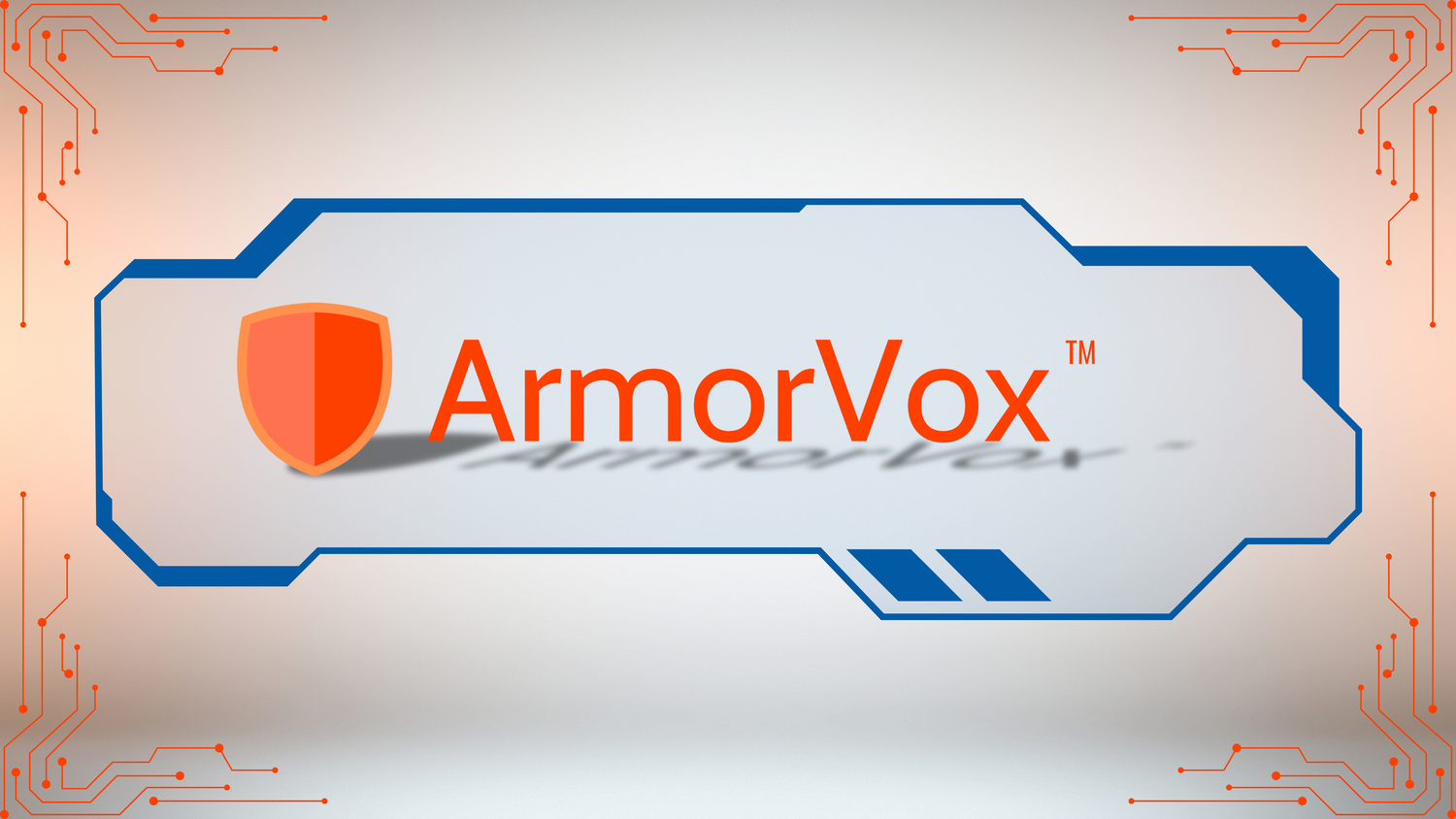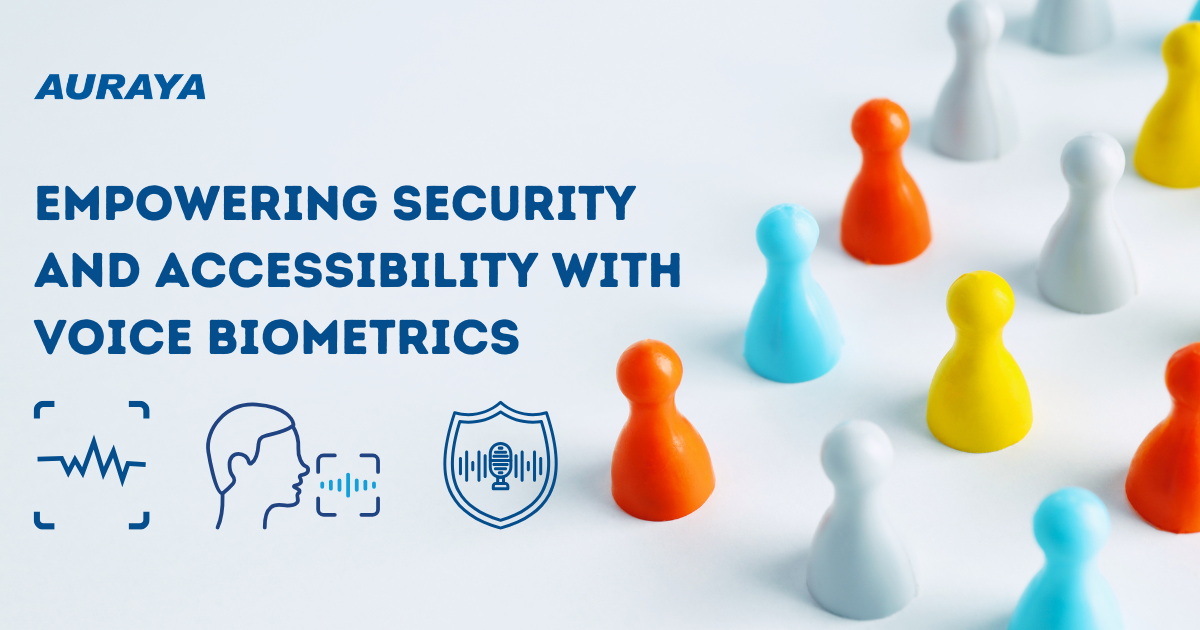Security experts are becoming more aware of the risk that Deepfakes pose to an organisation and need to ensure that the technology being used to protect identity are set up to detect and repel Deepfake attacks.
What Is Deepfake
Deepfake technology has been around for some time now with popular deepfakes such as the imitations of Tom Cruise, Volodymyr Zelensky, and most recently, Simon Cowell. It is an AI technology where a person’s face or body is digitally altered to appear as someone else. However, the ability to copy a person’s face and animate it can raise ethical issues when the technology is used for nefarious reasons.
Coupled with other technologies such as synthetic voice generators, the imitation becomes more real. Fortunately, imitating a voice is more difficult than imitating or altering your face to look like someone else. Biometrics such as face, iris, and fingerprint rely on characteristics that are often static. That is, a person’s face and fingerprint rarely change throughout the day. On the other hand, voice biometrics is more intricate and involves more characteristics. A person can change the tone and pitch of their voice, and they can sound different due to external factors such as being sick or speaking in a muffled voice due to a mask. Importantly people keep saying different things in a conversation so it becomes more difficult to create a
Combating Deepfake Fraud Attempts
Fraudsters are constantly looking at new ways to defraud the system. Fortunately, altered and generated voices always contain subtle characteristics that are different from a real voice. Current deepfake technology today is also very resource intensive and it would take a very advanced and expensive deepfake system to pull off a convincing voice attack. While fingerprint biometrics may be able to be defrauded via gummy fingers, and some facial recognition without liveness detection can be fooled by a printed face on paper, voice biometrics is a more sophisticated biometric system.
EVA Voice Biometrics technology enables organizations to verify customer identity while protecting themselves and their customers from deepfake spoof attempts. With fraud attack protection, EVA Voice Biometrics can detect and flag synthetically generated voice attacks before they cause damage. EVA Voice Biometrics can also detect if a voice is recorded. This enables organizations to mitigate the risks of deepfake fraud attacks that also involve recorded, or synthetically generated voices.

